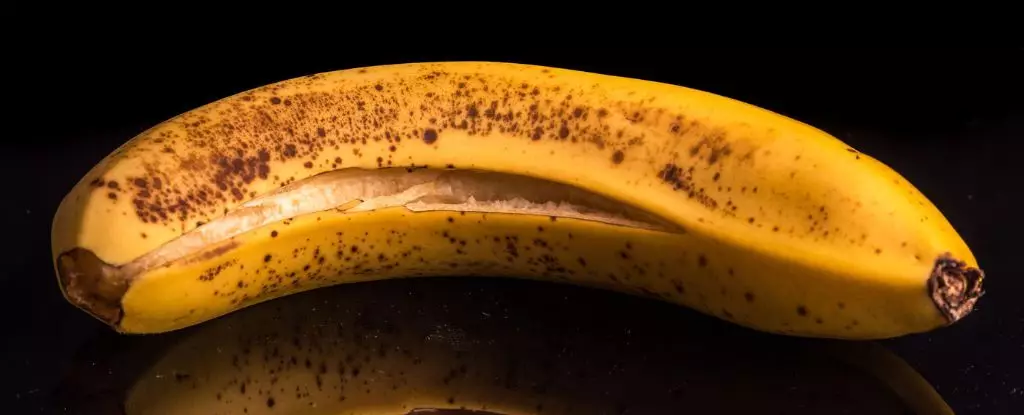In our fast-paced lives, we often toss aside what we deem as waste without a second thought. Notably, banana peels have been victims of this careless disposal. However, what if I told you that these seemingly worthless scraps are, in fact, nutritional powerhouses? A groundbreaking study from 2022 reveals that when banana peels are blanched, dried, and ground into flour, they can transform the texture and taste of baked goods, challenging everything we think we know about food use and waste.
Most people would shudder at the idea of consuming a banana peel, frequently associating it with grime and rot rather than gourmet. Nevertheless, a fragrant possibility awaits those willing to venture outside traditional cooking paradigms. The study demonstrates not only the edibility of banana peels but also their potential benefits, offering an enticing argument for a more inventive culinary approach. Let’s ponder this: how many times have we needlessly discarded food peels, blithely ignoring their hidden nutrients?
The Taste Test Revelation
The results of taste-testing within the study were revelatory. Consumers, exposed to banana peel-fortified sugar cookies, reported satisfaction comparable to traditional recipes that employed standard flour. Some even expressed a preference for the new variations, marking a significant shift in perception. Who would have thought that enriching dessert with banana peel flour could yield a product that tastes just as good, if not better, than its conventional counterpart? Moreover, these cookies offered substantial health benefits, packed with fibers, potassium, magnesium, and an array of antioxidants, all critical in combating chronic illnesses. Yet, there’s a caveat—excessive use can lead to undesirable textures.
One can liken this to our broader societal assumptions about food. Often, we hold on to outdated notions of what is acceptable to eat, while delicious and nutritious opportunities linger beneath the surface—our culinary blind spots are just as prevalent as the banana peel sprawled on our kitchen counter. The concept of resilience in food consumption parallels our own capacity for resiliency in challenging traditional attitudes where the unconventional becomes valuable.
A Broader Context of Food Sustainability
The implications of utilizing banana peels extend beyond personal health; they touch on pressing issues of food waste and sustainability. Approximately 40 percent of a banana’s weight is found in its peel, which, until recent discoveries, was mainly relegated to the trash. By incorporating these peels into our diets, we can not only nourish ourselves but also contribute to a more sustainable way of living. This challenge of food waste is a recurrent theme in the narrative of modern food systems.
This idea also aligns well with a growing center-left liberal mindset, advocating for environmental consciousness. It’s not merely about saving scrappy parts of fruits and vegetables; it’s a conscious choice to adopt kitchen practices that minimize impact on our environment. The ingestion of banana peels becomes symbolic of a larger movement toward sustainability, replacing wasteful habits with innovations that celebrate the wholeness of food.
Innovation Beyond Cookies
Exploring the versatility of banana peels reveals even further potential. While the study primarily showcased the effects of incorporating them in cookies, manufacturers and home chefs should embrace the idea of banana peel flours across various culinary landscapes, from bread to pasta. Imagine the possibilities! Alternatively, the invitation to innovate doesn’t end with baking. The culinary genius Nigella Lawson and numerous vegan food bloggers have already begun exploring savory applications, like banana peel curry and the intriguing concept of banana peel bacon. Elevating these overlooked ingredients encourages a richer dialogue about how we view nutrition and creativity in the kitchen.
Indeed, refining our relationship with food—recognizing that everything is connected and that every part has value—could completely transform our culinary experiences. Yet, the key lies in our willingness to discard long-held prejudices against what ‘should’ or ‘should not’ be consumed.
Embracing this imaginative culinary philosophy can open the door to sustainable practices that ultimately benefit both our health and our planet. So the next time you peel a banana, pause before tossing that skin in the trash. A delightful and nutritious world may be waiting just beneath its surface, ready to expand your palate and promote a more sustainable lifestyle.


Leave a Reply